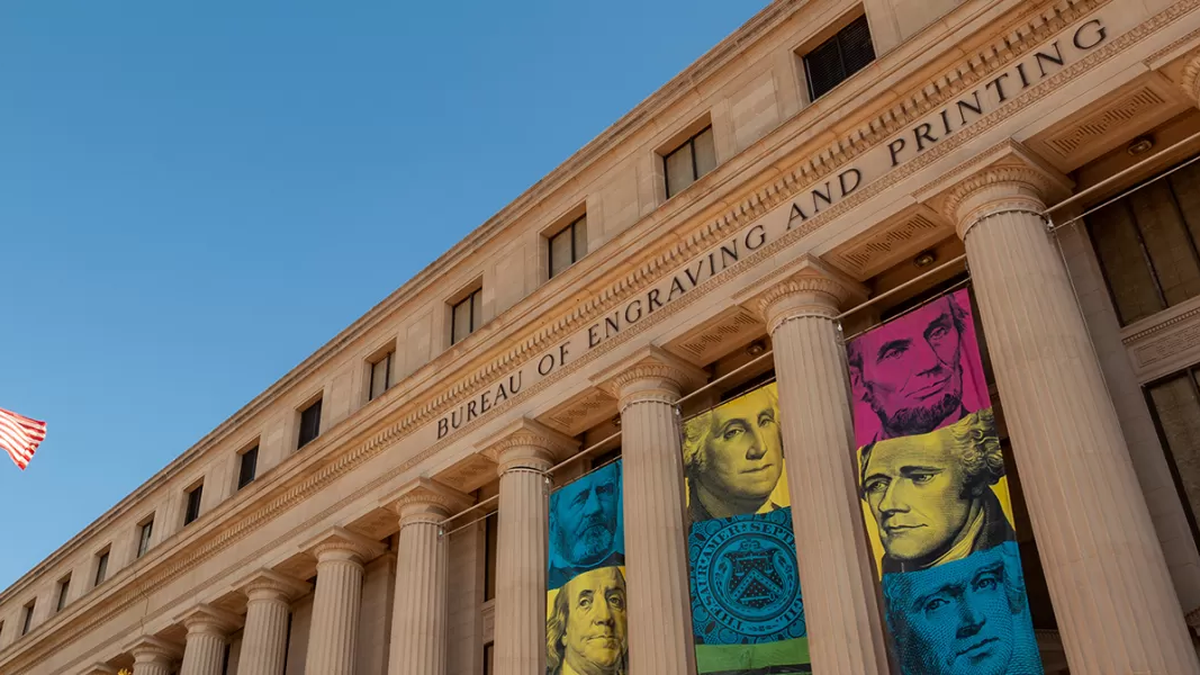The composition of the paper is very important in the US currency, which is why one of its agencies provided related information.
For a dollar bill to be unique, several factors come into play. In principle, according to the information provided by the United States Bureau of Engraving and Printing (BEP), that the composition of the paper is important. On the other hand, the design and the ink used are also unique.
The content you want to access is exclusive for subscribers.
Therefore, in order to verify that the bill being checked is genuine, it is essential to know directly from official US government agencies what the main characteristics of the design are for any type of verification.


Department of the Treasury

The Bureau of Engraving and Printing is part of the United States Department of the Treasury.
These are the inks used to manufacture the dollar
Beyond what is perceptible, the color of the ink used is important for the functions of the security measures. On the reverse of the banknote, only the green one. But on the front, there is a combination of black and metallic inks that change color depending on the position of the copy.
Are Color compositions are made directly by the BEP and serve to facilitate the processes of verifying the bill. By checking that the copper ink of the bell in the inkwell turns green, it can be verified that the dollar is genuine. Otherwise, These details are difficult to imitate perfectly.
This is the type of paper used to make the dollar.
In the monetary field, the word “substrate” refers to the paper used for banknotes. In the case of the dollar, this composition is 75% cotton and 25% linen, as well as red and blue fibers distributed randomly to make it difficult to imitate. The paper for banknotes over 5 dollars is manufactured with specific watermarks and security threads.
This substrate is specifically manufactured by the Crane Currency Engraving and Printing Office in Dalton, Massachusetts. It is illegal for anyone who is not a member of the BEP to possess this type of paper.
Source: Ambito




